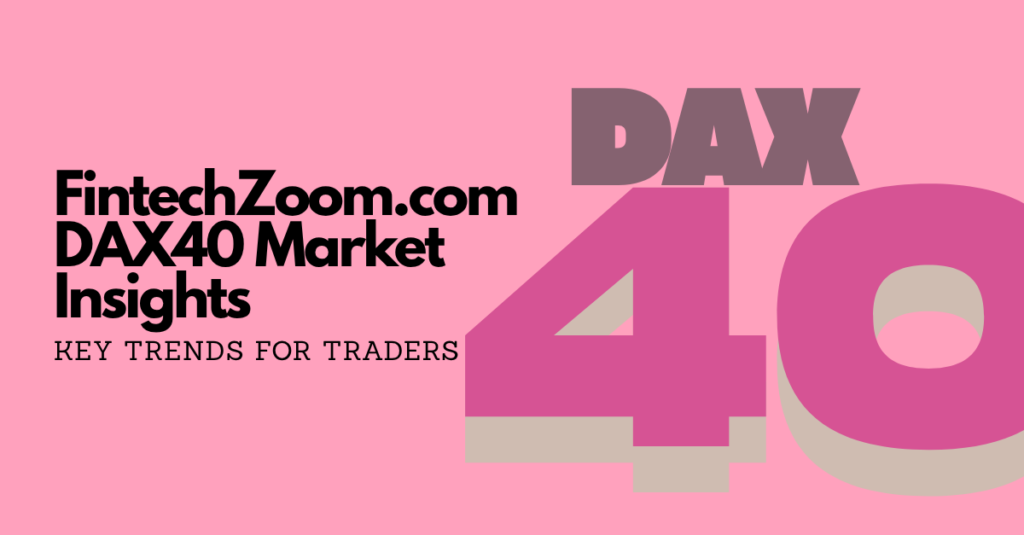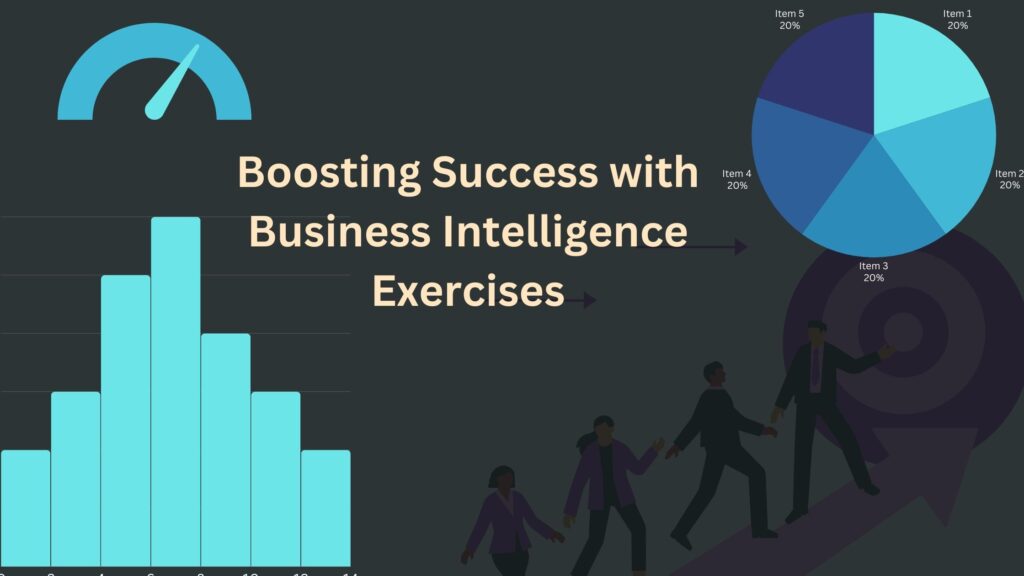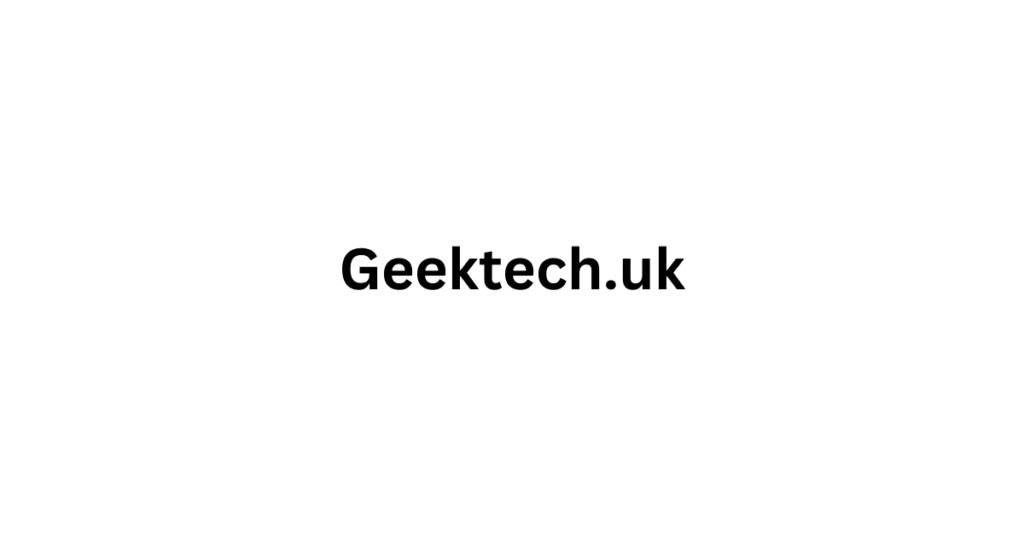Germany has one of the strongest economies in Europe. The DAX 40 index shows how the country’s biggest companies are performing. When the DAX goes up or down, it often reflects what’s happening in the German and European economy. For traders, it’s not just an index—it’s a way to spot new chances in the market and understand overall business trends.
By 2025, the DAX is expected to have become increasingly relevant due to structural shifts in Germany’s fiscal policies, corporate strategies, and global economic positioning. With international markets facing uncertainty—from energy transitions to geopolitical conflicts—the DAX 40 provides a window into how Europe’s industrial and financial giants are adapting.
Overview of the DAX 40

What is the DAX 40?
The DAX, short for Deutscher Aktienindex, was created in 1988 with 30 companies. In September 2021, it expanded to 40 members, aiming to provide broader market coverage and reduce the risk of overconcentration. The index tracks the performance of large, liquid, and representative companies listed on the Frankfurt Stock Exchange.
Composition & Methodology
The DAX is a free-float market capitalisation-weighted index. Companies with a higher free float and market capitalization carry more weight in the index, meaning their stock price movements have a more substantial influence. The DAX reviews take place quarterly to ensure accuracy and compliance with governance standards.
Trading Hours & Access
The leading AX trading occurs on Xetra, Germany’s electronic trading platform, from 09:00 to 17:30 CET. However, futures and derivatives allow nearly 24-hour exposure. The FDAX futures contract, in particular, is one of the most liquid in Europe, attracting global participation.
Understanding How the DAX 40 Is Calculated

The DAX 40 is calculated using a free-float market capitalization weighting system. This means that only the shares available for public (trading free float) are considered, excluding closely held stakes by founders, governments, or strategic investors.
Each company’s weight in the index is determined by:
- Market capitalization (company’s stock price × number of shares).
- Free-float adjustment (percentage of shares available to trade).
This ensures that companies with higher trading liquidity exert a proportionate influence on the index. For example, SAP, as Germany’s most prominent tech firm, carries significantly more weight than a smaller firm like Zalando.
The DAX is also a total return index by default, meaning dividends are reinvested. This differentiates it from many global indices that are quoted on a price-only basis. Traders must understand this nuance, as it impacts long-term performance comparisons.
Key Drivers & Market Trends

Fiscal Stimulus & Policy Shifts
Germany is easing its fiscal stance by lifting its “debt brake,” allowing more government spending on defense, green energy, and infrastructure. This represents a significant policy change that could provide structural support for the index.
Corporate Tax Relief & Incentives
A €46 billion tax relief package is expected to enhance competitiveness and attract investment, thereby increasing profit expectations across various industries.
Export Dependence & Currency Dynamics
As a global export powerhouse, the DAX is highly sensitive to fluctuations in the euro exchange rate and shifts in international demand cycles. A weaker euro boosts export competitiveness, while global slowdowns weigh heavily on revenues.
Domestic Economic Data
Analysts often monitor reports such as the Ifo business survey and PMI data, as they help indicate whether companies in Germany are feeling optimistic or worried about the economy. These often move markets intraday, especially when data surprises expectations.
Energy Costs & Input Pressures
High energy costs are a persistent drag, particularly for the chemical and industrial sectors, although renewable energy opportunities provide a counterbalance.
Sector Rotation & Index Evolution
The DAX is becoming more tech- and healthcare-focused, reducing reliance on “old economy” heavy industry. This group provides opportunities in emerging growth sectors.
Market Sentiment & News Reactivity
News-driven volatility is a hallmark of the DAX. Traders must closely monitor ECB statements, fiscal updates, and global headlines to anticipate sharp market movements.
People Also Read: FintechZoom.com FTSE 100 Index: Live Updates & Market Analysis
Largest Companies in the DAX 40

The DAX is not equally weighted; a handful of companies significantly dominate its performance. Some of the most influential include:
- SAP – Europe’s largest software company, leading in enterprise software.
- Siemens – A diversified industrial giant.
- Allianz – One of the world’s biggest insurers and asset managers.
- Volkswagen & Mercedes-Benz – Automotive titans, key to Germany’s export strength.
- Bayer – A pharmaceutical and chemical powerhouse.
These companies often set the tone for index performance, especially during earnings season. A strong SAP or Siemens report can lift the index, while disappointing results from Volkswagen can drag it down. For traders, tracking these “heavyweights” is essential.
To better understand the sectoral influence on the index, here’s an approximate sector breakdown of the DAX 40 as of 2025:
| Sector | Approx. Weight (%) |
| Technology (SAP, Infineon) | 20% |
| Industrials (Siemens, Airbus, Deutsche Post) | 18% |
| Automotive (Volkswagen, Mercedes, BMW, Porsche) | 16% |
| Financials (Allianz, Deutsche Bank, Munich Re) | 14% |
| Healthcare & Pharma (Bayer, Merck, BioNTech) | 12% |
| Chemicals & Materials (BASF, Covestro) | 8% |
| Consumer Goods & Retail (Adidas, Zalando) | 6% |
| Utilities & Energy (RWE, E.ON) | 4% |
| Others (Travel, Real Estate, Media) | 2% |
This breakdown illustrates why the technology, industrial, and automotive sectors are the primary drivers of the DAX 40. Traders should closely monitor these areas, especially during earnings season and shifts in the global trade cycle.
Risks & Challenges
- Global Macro Slowdown – Export-heavy companies suffer if demand in the U.S. or China weakens.
- ECB Policy Shifts – Unexpected hawkishness can spook markets.
- Valuation Risks – Overheated multiples may not match earnings.
- Structural Issues – Ageing population, productivity stagnation, and high energy costs.
Trading Implications & Strategy Ideas

Technical Strategies
Breakouts, mean reversion setups, and round-number levels (like 20,000) are key for DAX traders.
Sector Tilts
Opportunities lie in defense, infrastructure, and technology, while hedging exposure to energy-intensive industries.
Volatility Plays
ECB meetings, German GDP, and global trade data often spark outsized moves. Options strategies (straddles, strangles) can be effective.
Sentiment Monitoring
News and social sentiment can serve as contrarian signals, especially when optimism or pessimism becomes extreme.
DAX 40 Forecast & Outlook

The outlook for the DAX in 2025 is a blend of optimism and caution.
- Bullish Scenario: With fiscal expansion, corporate tax cuts, and sector rotation into tech and defense, analysts see potential targets ranging from $ 22,500 to $24,000.
- Bearish Scenario: Weak domestic growth, stubbornly high energy prices, and delayed ECB easing could cause the index lto decline
- Medium-Term View: The DAX remains a key global indicator of European recovery and trade flows. Traders should expect volatility but also strong opportunities for both long and short positions.
Conclusion
The DAX 40 is far more than a German stock index—it is a lens into global economic health, European policy, and sectoral transformation. With fiscal stimulus, tax relief, and shifting corporate strategies, the index offers opportunities across both growth and defensive plays.
For traders, the takeaway is clear:
- Stay agile and adapt to policy announcements and global headlines.
- Focus on the major constituents that have a significant impact on performance.
- Use a mix of technical, fundamental, and sentiment-driven strategies.
The DAX 40 in 2025 is set to remain one of the most exciting and influential markets in the world—rewarding those who approach it with discipline, preparation, and a global perspective.
FAQs
Q: What time does the DAX 40 market open and close?
A: The DAX 40 trades on the Xetra electronic exchange from 09:00 to 17:30 CET (Central European Time). Traders can also access it nearly 24 hours a day through futures and CFD markets, which reflect global sentiment outside normal hours.
Q: Is the DAX 40 a good indicator of the European economy?
A: Yes. The DAX 40 is often considered a key measure of Europe’s economic health, as it includes Germany’s most prominent companies that operate worldwide. Movements in the DAX typically mirror trends in European trade and industrial performance.
Q: What factors most influence DAX 40 performance?
A: The DAX reacts strongly to global trade data, ECB monetary policy, energy costs, and currency movements. Quarterly earnings reports from major companies, such as SAP, Siemens, and Volkswagen, can also significantly impact the index.
Q: How can traders invest in the DAX 40 without buying individual stocks?
A: Investors can gain exposure through ETFs, index funds, or derivatives such as futures and options. Popular choices include the iShares Core DAX UCITS ETF for long-term investors and Eurex FDAX futures for active traders.
Q: What is the difference between the DAX 40 and the MDAX?
A: The DAX 40 tracks Germany’s largest blue-chip companies, while the MDAX represents mid-sized firms that are smaller but still highly influential in the German economy. Together, they provide a comprehensive view of the market.
Q: How often is the DAX 40 updated or rebalanced?
A: The DAX is reviewed quarterly by Deutsche Börse. Companies may be added or removed based on factors such as market capitalisation, liquidity, profitability, and governance standards.
Q: What trading strategies work best on the DAX 40?
A: Common strategies include breakout trading, momentum plays, and technical setups using tools like moving averages, RSI, and Fibonacci retracements. The index’s volatility makes it suitable for both short-term and swing trading.
Q: Why is the DAX 40 often more volatile than other European indices?
A: Because the DAX is heavily weighted toward cyclical and export-driven sectors like automotive and industrials, it responds quickly to shifts in global demand, interest rates, and geopolitical developments, leading to higher volatility.




